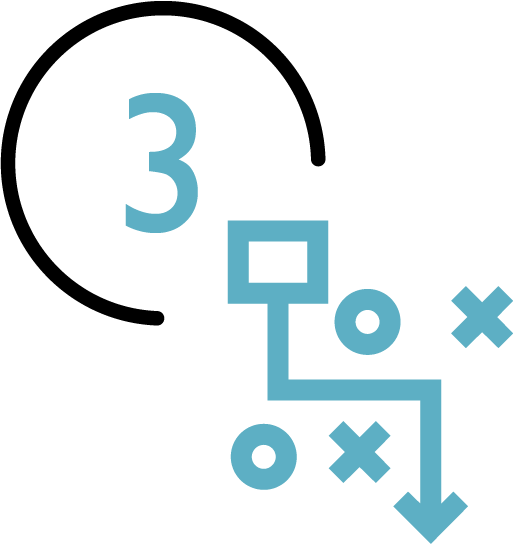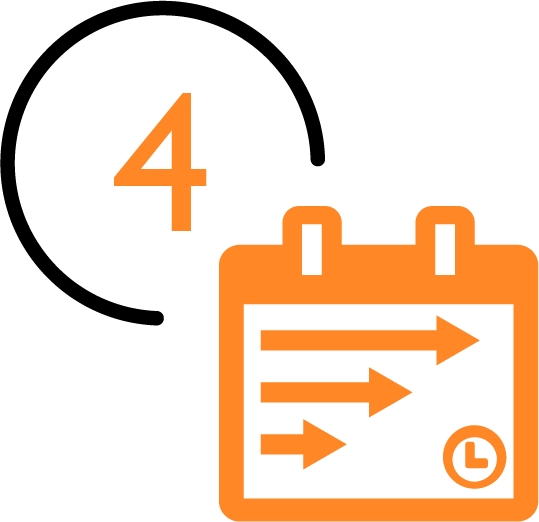Become more customer oriented
Our coaching helps organisations to ...
Align internally between front & back-office
Detect growth opportunities
Discover Innovation Potential
Who we coach
Teams
Management
Individuals
Our Methodology
When do you learn the most? When someone tells you the solution or when someone helps you find your own solution? When we coach someone, it is with the intent to grow that person or team, so they are more empowered to become independent. With a non-directive, questioning coaching style, we grow people and teams to become more fluent in B2B marketing. Our approach is loosely based on the GROW model that has a proven track record in business. The steps we follow are:
 Step 1:Understand the challenge:
Step 1:Understand the challenge:
when aiming for better results, both the coach and the team need to first gain a common understanding of the challenge. Often the issues at hand look different for the different team members. That is why we first invest in several workshops and interviews to be able to create this common understanding. Typically, we will engage with customers or prospects in this stage, to also gain an external view on the situation. By applying several business frameworks, we help teams structure their thinking and achieve joint conclusions.
 Step 2: Determine the goal:
Step 2: Determine the goal:
traditionally coaching models start with determining the goal upfront. Our experience is that unless the current situation is properly understood, it is very difficult to state a common goal that an entire team believes in. That is why goal setting is our second step. Even when the current situation is clear, teams often struggle in determining what they want to achieve. By posing various questions and applying various business frameworks, we will guide the team to come to a joint position on what the goal must be.
 Step 3: Creating the plan:
Step 3: Creating the plan:
Once the goal is determined, teams are mostly apt at determining what the options are and determining what route needs to be taken. With working with more operational/tactical teams, our role is often focussed on removing biases and making sure all necessary steps are determined. We will help these teams overcome statements like ‘our management will never approve’ or ‘this is not how things are done here’. With senior teams, we will often help teams preventing that hidden agenda’s get in the way and that strategic thinking gets translated into tactical and operational steps ahead.
 Step 4: Managing progress:
Step 4: Managing progress:
During the implementation of plans, hiccups occur; market conditions change, people loose track of objectives, internal roles change etc. We continue to work with the teams during implementation and help them solve the roadblocks that pop up. By having touch points during regular intervals, we measure progress and adjust where necessary.
 Step 5: Embedding the change:
Step 5: Embedding the change:
Creating the habits in the organization so that the new way of working becomes the new normal. Organizational habits consist out of meeting structures, reports and processes which we help design and set-up. By applying a score for the level of implementation, we create the insights for the team members on how well they are doing and define the area’s that require further refinement.
Insights & cases
36 Sales Enablement Tools
Sales Enablement is about making sure your sales has all the tools needed to win the deal. Get inspired by our collection of 36 Sales Enablement Tools to rock your sales.
How B2B Marketers can lift the Curse of Knowledge
This might come as somewhat of a surprise, but almost every technological company out there is cursed. Not in a medieval kind of way, although some of you might think that, but in a psychological way.
Nobody is waiting for your innovation
Overcome the market inertia when introducing game-changing innovation. Learn what research has to say on the topic.

